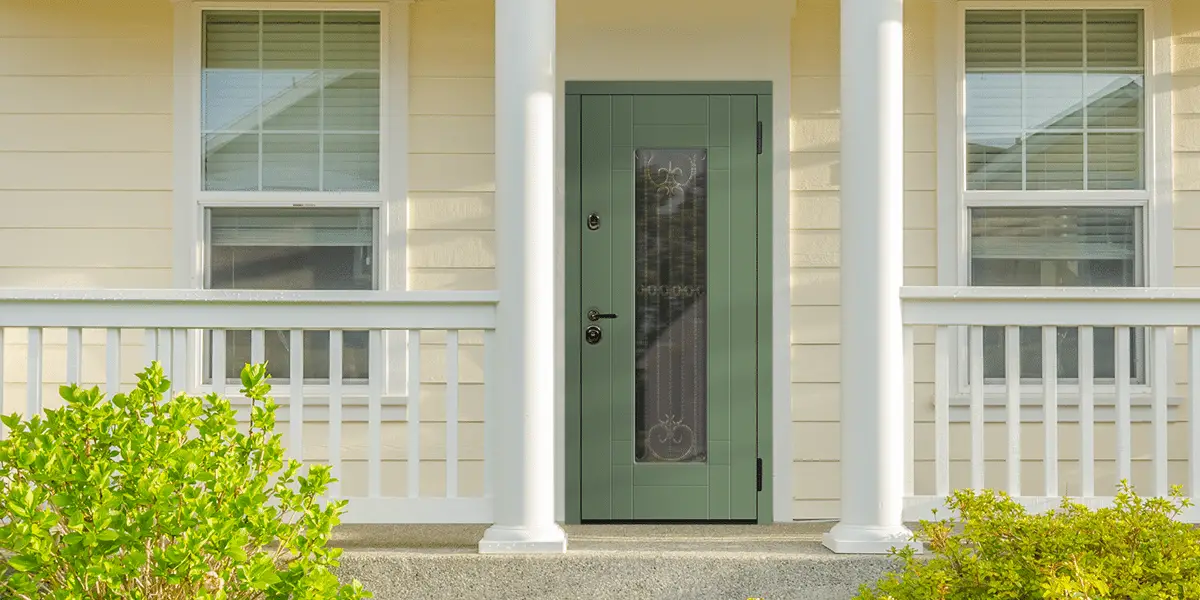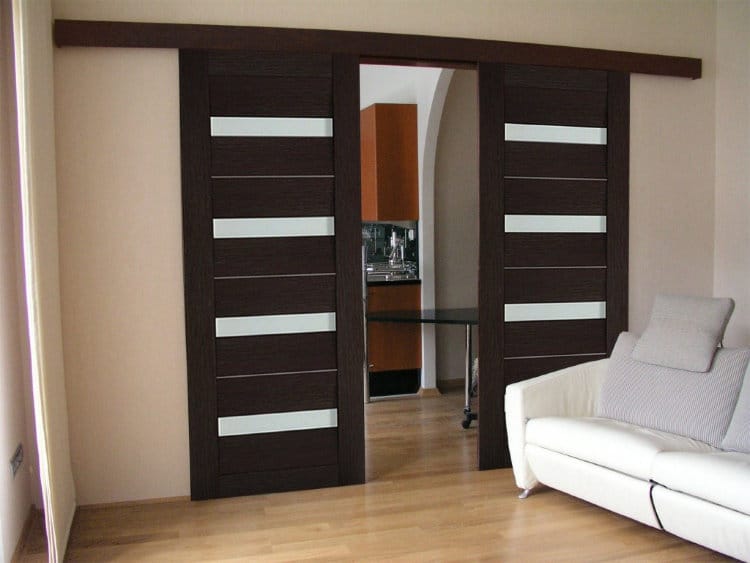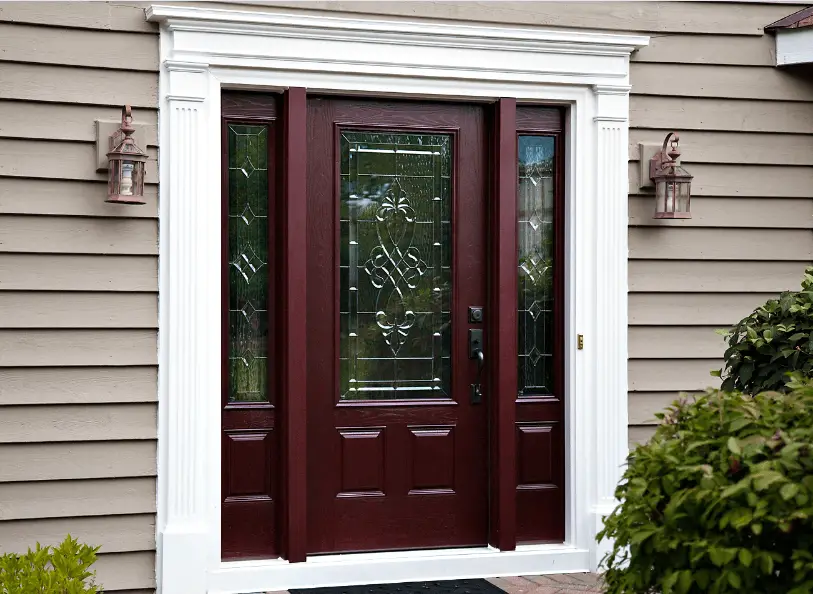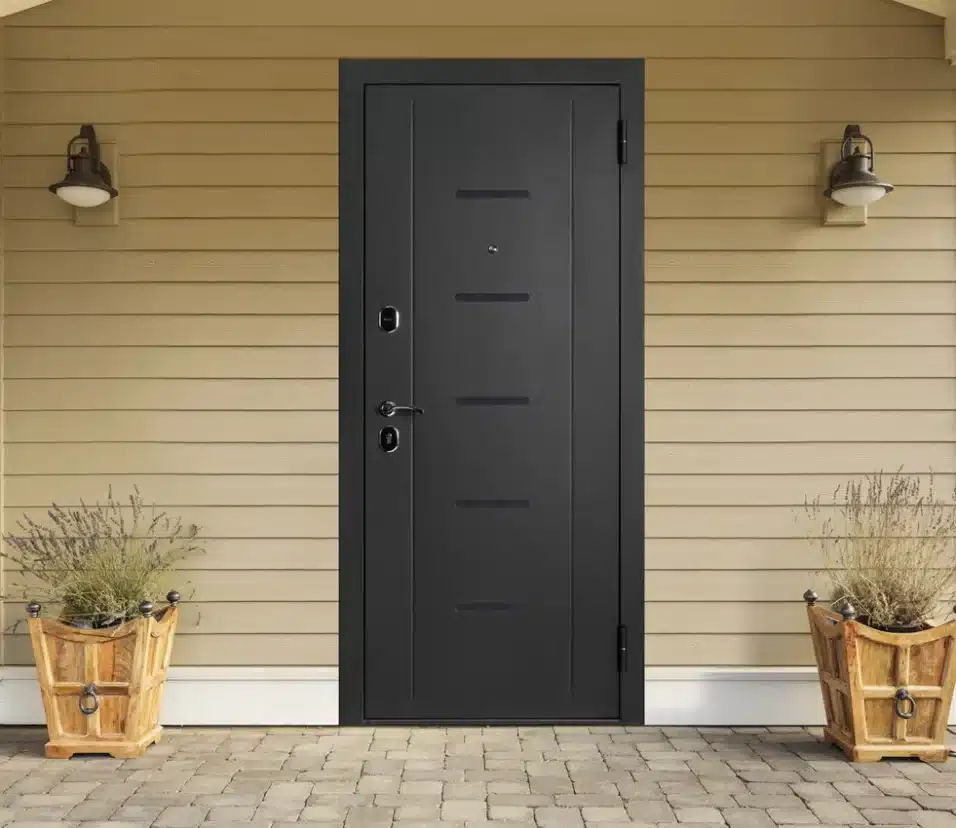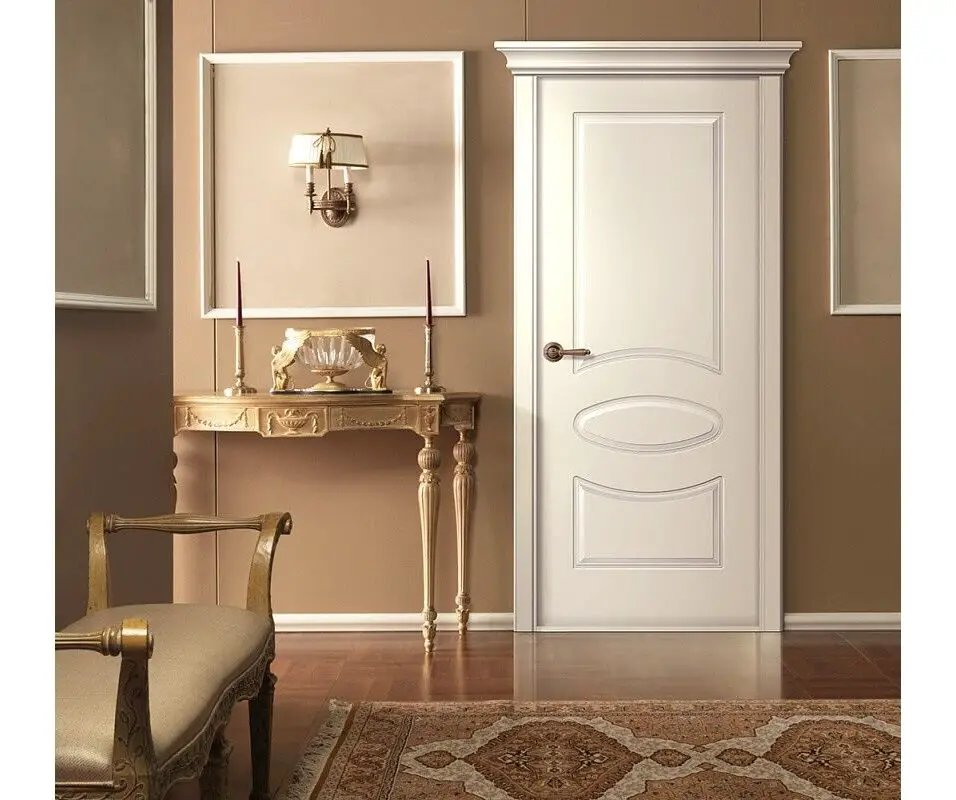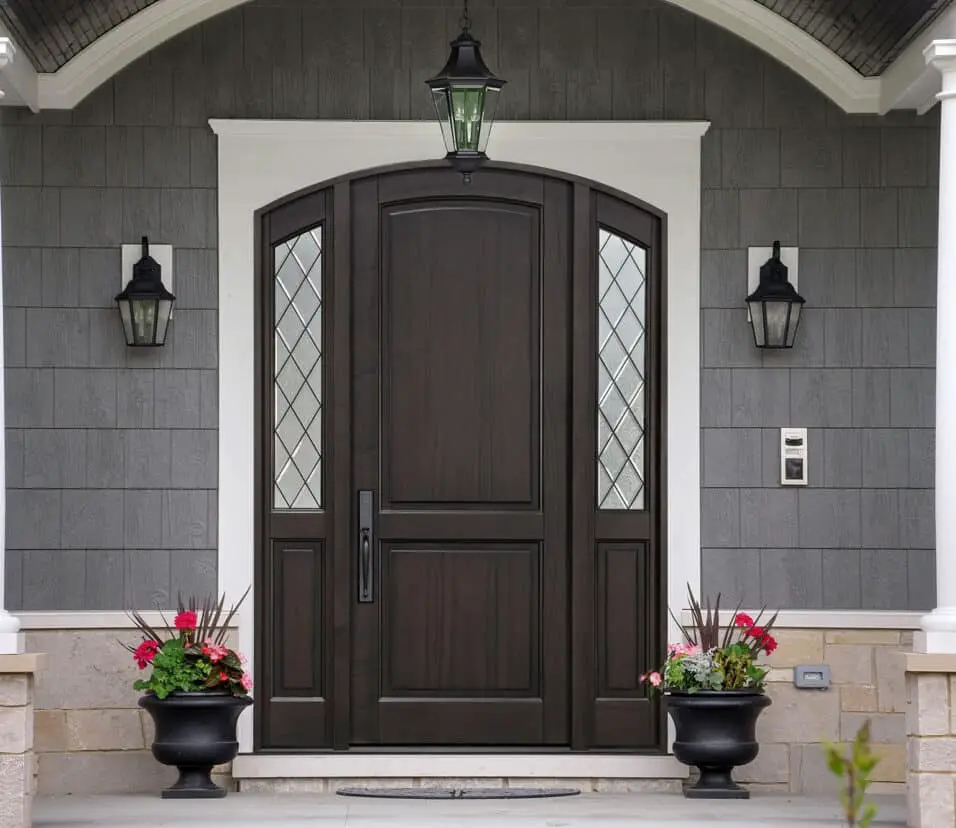How To Paint A Metal Exterior Door
Introduction
How To Paint A Metal Exterior Door: Your front door is more than just an entrance; it’s a statement of your home’s personality and style. Over time, the elements can take a toll on your metal exterior door, causing it to lose its luster. Fortunately, a fresh coat of paint can breathe new life into your door, enhancing curb appeal and providing an added layer of protection against the weather.
In this detailed tutorial, we will walk you through the step-by-step process of preparing, priming, and painting your metal exterior door like a pro. Whether you’re a seasoned DIY enthusiast or a first-time painter, we’ve got you covered. We’ll cover essential topics such as choosing the right paint, prepping the surface, and achieving a smooth, professional finish.
Reviving your metal exterior door with a fresh coat of paint is a cost-effective way to boost your home’s aesthetics and protect it from the elements. So, let’s embark on this transformative journey together and give your home’s entryway the makeover it deserves!
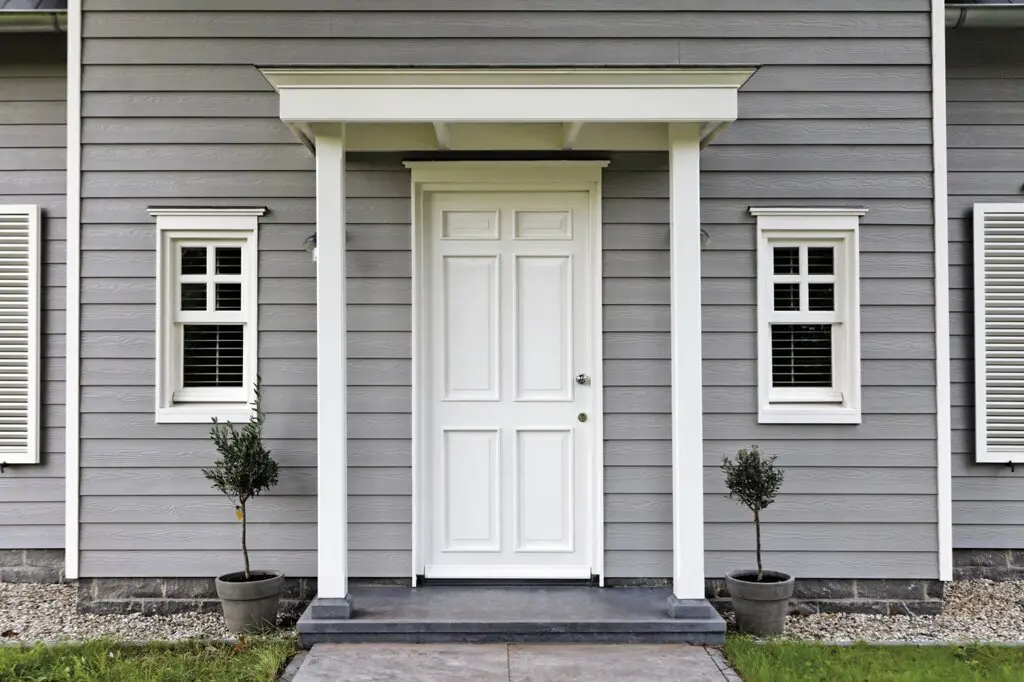
What kind of paint do you use on a metal exterior door?
The Best Paint For Steel Door Projects
Water-based acrylic paints (also known as latex paints) and oil-based paints (also called solvent-based paints), as well as the majority of high-quality paints, should perform well on metal with the proper application technique.
When painting a metal exterior door, it’s essential to choose the right type of paint to ensure durability and longevity. Here are the key types of paint suitable for metal exterior doors:
- Exterior Latex Paint: Exterior latex or acrylic paint is an excellent choice for metal doors. It adheres well to metal surfaces, provides good coverage, and offers flexibility to withstand temperature fluctuations. Water-based latex paint is also easy to clean up and has low VOC (volatile organic compound) levels.
- Oil-Based Paint: Oil-based paints, often referred to as alkyd paints, are another option. They provide a durable finish and excellent adhesion to metal surfaces. However, they have a longer drying time, produce more fumes, and require mineral spirits for cleanup.
- Direct-to-Metal Paint: Some paints are specifically designed for metal surfaces and are labeled as “direct-to-metal” or DTM paints. These paints contain rust inhibitors and often do not require a separate primer when applied to clean, rust-free metal.
- Rust-Resistant Paint: If your metal door has rust or is prone to rusting, consider using a rust-resistant paint. These paints contain additives that help prevent or slow down rust formation.
- Enamel Paint: Enamel paints are known for their durability and glossy finish. They can be a good choice for metal doors, especially if you want a shiny appearance.
Ultimately, the best type of paint for your metal exterior door depends on your preferences, the door’s condition, and your local climate. Be sure to read the manufacturer’s recommendations and choose a paint that suits your needs.
What is the best paint finish for exterior metal door?
Choosing the Best Paint for a Steel Door – Moving.com
Just as essential as your paint type and color is its finish. Satin or semi-gloss are both good choices for a steel front door, since in addition to having a nice sheen they won’t show nicks or scratches as easily as a flat or eggshell finish.
Selecting the right paint finish for your exterior metal door is crucial for achieving the desired look and performance. The best paint finish for an exterior metal door typically depends on your aesthetic preferences and the level of durability you require.
Here are common paint finishes to consider:
- Satin Finish: A satin finish strikes a balance between matte and gloss. It provides a subtle sheen that enhances the door’s appearance while maintaining a relatively smooth surface. Satin finishes are easy to clean and are a popular choice for exterior metal doors.
- Semi-Gloss Finish: Semi-gloss offers a slightly higher level of gloss than satin, providing a shiny, reflective surface. This finish is not only visually appealing but also more durable and easier to clean. It’s well-suited for metal doors that face heavy use or exposure to the elements.
- Gloss Finish: Gloss finishes are the shiniest option, giving your metal door a bold, glossy appearance. They are highly durable and resistant to stains and moisture. Gloss finishes can make your door stand out, but they also highlight imperfections in the surface.
- Matte Finish: Matte finishes have little to no shine and provide a flat, non-reflective appearance. While they may not be as durable or easy to clean as glossier finishes, matte paints can create a modern, understated look for your exterior door.
- Textured Finish: Textured finishes add depth and dimension to your door’s appearance. These finishes are often used to mimic wood grain or other textures. They can be visually appealing and help mask minor imperfections.
The best finish for your exterior metal door depends on your preferences, the overall design of your home, and the level of maintenance you’re willing to undertake. Semi-gloss and satin finishes are popular choices for their balance of durability and aesthetics.
What type of paint is best for an exterior door?
semi-gloss
The most common kinds of exterior door paint are acrylic resin or latex-based and with a semi-gloss finish. Latex-based exterior paint is the most flexible type and is quite popular. It fills in larger imperfections on a door’s surface and resists cracking and chipping.
Choosing the best type of paint for an exterior door is crucial to ensure durability, protection from the elements, and a long-lasting finish. The ideal paint type for an exterior door will depend on the door’s material and the desired finish.
Here are some suitable options:
- Exterior Latex Paint: Latex or acrylic paint is a popular choice for exterior doors. It’s easy to work with, dries relatively quickly, and has low VOC (volatile organic compound) levels. Exterior latex paints are available in a variety of finishes, including satin, semi-gloss, and gloss, allowing you to achieve the desired look.
- Oil-Based Paint: Oil-based paint, also known as alkyd paint, is highly durable and provides excellent protection against the elements. It’s especially suitable for wooden exterior doors. Oil-based paints take longer to dry and have a strong odor, but they offer a long-lasting finish with good resistance to wear and weather.
- Enamel Paint: Enamel paints, which can be oil-based or water-based (latex), are known for their durability and glossy finish. Enamel paints provide a hard, protective surface that is resistant to moisture and damage.
- Semi-Transparent Stains: If you have a wooden exterior door with an attractive grain pattern, you may consider using a semi-transparent stain. Stains penetrate the wood, enhancing its natural beauty while providing some protection. However, stains offer less protection than paint and may require more frequent maintenance.
- Acrylic Enamel Paint: Acrylic enamel paints offer the durability of oil-based paints with the easier cleanup of water-based paints. They are suitable for both wood and metal exterior doors and come in various finishes.
- Direct-to-Metal Paint: If your exterior door is made of metal, consider using a direct-to-metal (DTM) paint designed for metal surfaces. DTM paints often contain rust inhibitors and provide good adhesion and protection against corrosion.
- High-Gloss Paint: High-gloss paints are an excellent choice for exterior doors when you want a shiny, bold finish. They are easy to clean and provide exceptional durability and protection.
Do you have to prime a metal door before painting?
Primer: Many new exterior doors come pre-primed. If so, you’ll be able to apply the paint directly to the door. Bare metal door: If the surface is bare metal or has any bare sections, you will need to apply metal primer to the door before painting.
Priming a metal door before painting is highly recommended, and in many cases, it’s essential for the following reasons:
- Improved Adhesion: Primer provides a surface that paint can adhere to more effectively, preventing peeling and ensuring a longer-lasting finish.
- Rust Prevention: If your metal door has any rust or is prone to rusting, a rust-inhibiting primer will help prevent further rust development.
- Even Surface: Primer helps create a smooth, consistent surface, especially if your door has patches, repairs, or areas with different types of metal.
- Sealing and Protection: Primer can seal porous areas and provide an additional layer of protection against moisture and environmental factors.
- Enhanced Paint Performance: Primer helps paint perform at its best, ensuring that it dries evenly, covers well, and resists chipping and peeling.
What happens if you paint metal without primer?
Priming metal before painting is almost always recommended, as it will prevent rust from bleeding through the new paint. Primer also helps paint stick to metal.
It’s essential for the following reasons:
- Improved Adhesion: Primer provides a surface that paint can adhere to more effectively, preventing peeling and ensuring a longer-lasting finish.
- Rust Prevention: If your metal door has any rust or is prone to rusting, a rust-inhibiting primer will help prevent further rust development.
- Even Surface: Primer helps create a smooth, consistent surface, especially if your door has patches, repairs, or areas with different types of metal.
- Sealing and Protection: Primer can seal porous areas and provide an additional layer of protection against moisture and environmental factors.
- Enhanced Paint Performance: Primer helps paint perform at its best, ensuring that it dries evenly, covers well, and resists chipping and peeling.
What can I use as primer before painting metal?
Apply the Right Primer. Priming is one of the most important steps prior to the application of metal paint.
Several types of primers are suitable for preparing metal surfaces before painting. The choice of primer depends on the type of metal, the intended use of the painted item, and environmental conditions. Here are some common types of primers for metal:
- Rust-Inhibiting Primer: If the metal surface has rust or is prone to rusting, use a rust-inhibiting primer. These primers contain corrosion-resistant properties and help prevent further rust development.
- Zinc Chromate Primer: This type of primer is ideal for galvanized metals. It provides excellent adhesion and corrosion resistance.
- Acrylic Primer: Acrylic primers work well for a variety of metals and are suitable for both indoor and outdoor applications. They dry quickly and are easy to clean up.
- Epoxy Primer: Epoxy primers are highly durable and provide excellent adhesion to metal surfaces.
- Self-Etching Primer: Self-etching primers are designed to promote adhesion to bare metal surfaces. They contain chemicals that etch the metal, creating a strong bond with the paint.
- Alkyd Primer: Alkyd-based primers are oil-based and provide good adhesion and protection against corrosion. They are suitable for various metals.
- High-Build Primer: High-build primers are thick and can help fill in surface imperfections on metal. They create a smooth, even surface for painting.
When selecting a primer, make sure it is compatible with the type of paint you plan to use. Always follow the manufacturer’s instructions for proper application and drying times.
What type of paint do you use on metal?
As a starting point, you need to use paint specifically formulated for metal surfaces. If you don’t use this paint, it will peel, blister or flake, completely ruining your finish.
The type of paint you should use on metal depends on the specific application and the metal’s characteristics.
Here are common types of paint suitable for metal surfaces:
- Enamel Paint: Enamel paints are highly durable and provide a glossy finish. They are a good choice for metal surfaces that need to withstand wear and tear, such as machinery and appliances.
- Acrylic Paint: Acrylic paints are versatile and adhere well to metal surfaces. They are available in a wide range of colors and finishes.
- Latex Paint: Latex or acrylic-latex paints are water-based and provide good adhesion to metal.
- Oil-Based Paint: Oil-based paints, also known as alkyd paints, offer excellent adhesion and durability. They are suitable for both indoor and outdoor metal surfaces. However, they have a longer drying time and produce more fumes.
- Rust-Oleum: They offer rust protection and come in various formulations, including spray paints.
- High-Temperature Paint: For metal surfaces that will be exposed to high temperatures, such as grills, stoves, or exhaust pipes, high-temperature paint is recommended. These paints can withstand extreme heat.
- Metallic Paint: Metallic paints contain metallic pigments that create a shiny, reflective finish.
When choosing the right paint for your metal project, consider factors like the metal’s exposure to the elements, the desired finish, and the application method (brush, roller, or spray). Always ensure that the selected paint is compatible with the primer you’ve used for the best results.
What is the best paint for metal without primer?
Oil-based paint: For outdoor projects, oil-based metal paints are the best bet. Oil paint is very durable, and is generally easier to clean. With oil-based, primer isn’t necessary, although it will give you a smoother finish.
DTM paints are engineered to provide good adhesion and corrosion resistance on bare metal surfaces. They typically contain rust inhibitors and other additives that allow them to bond effectively without the use of a primer. However, it’s essential to follow the manufacturer’s recommendations and instructions when using DTM paints to ensure the best results.
Therefore, even with DTM paints, it’s a good practice to consider using a primer if the metal’s condition and circumstances warrant it.
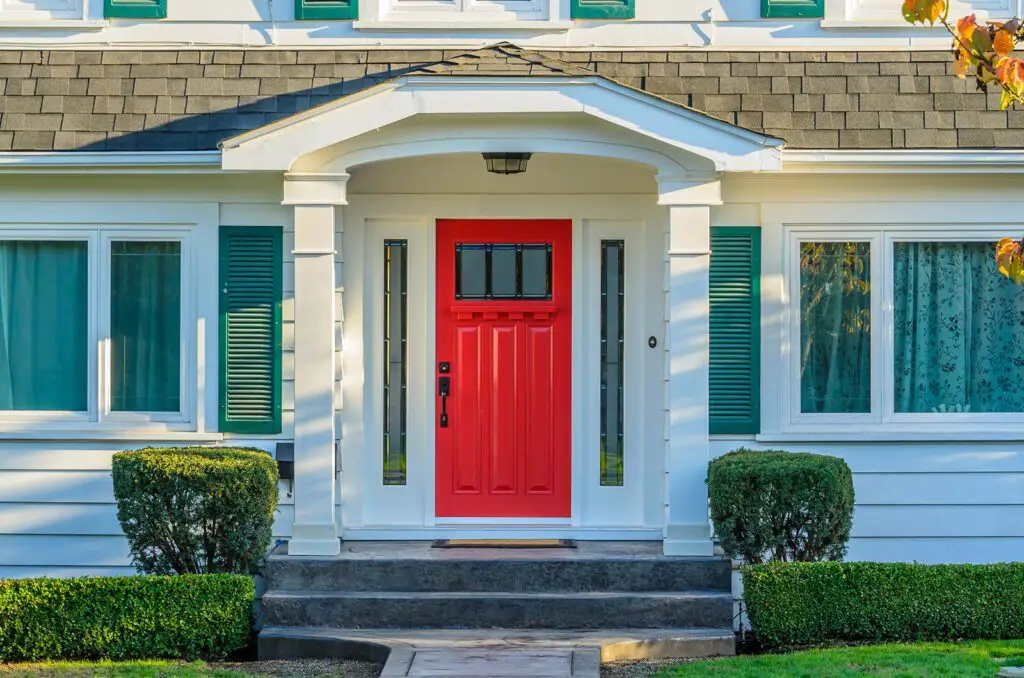
Conclusion
Learned how to paint a metal exterior door, and you’re now ready to enjoy the stunning results. This DIY project has not only enhanced the visual appeal of your home but also provided a protective shield against the elements, ensuring your door stays vibrant and welcoming for years to come.
Throughout this guide, we’ve covered every essential aspect of the painting process, from choosing the right paint and preparing the surface to achieving a flawless finish. You’ve gained valuable insights into techniques for creating a smooth, even coat of paint, and you’ve discovered the importance of proper drying times and post-painting care.
As you step back and admire your freshly painted metal exterior door, take pride in the transformation you’ve achieved. Your home’s curb appeal has received a significant boost, and the process wasn’t as daunting as it may have seemed. You’ve not only saved money on professional painting but also added a personal touch to your home’s exterior.
We hope this guide has been informative and inspiring, and we encourage you to explore more DIY projects to enhance your living space. With the knowledge and skills you’ve gained, there’s no limit to the improvements you can make. Enjoy your beautifully painted door and the renewed charm it brings to your home!



